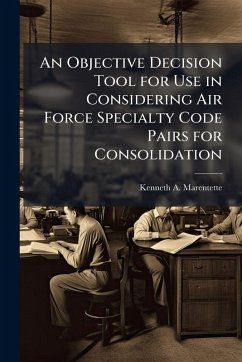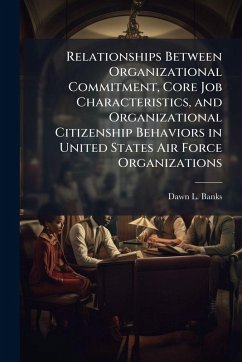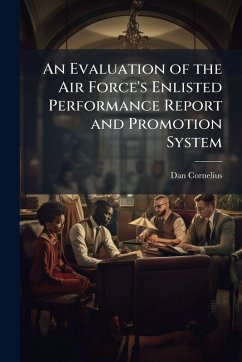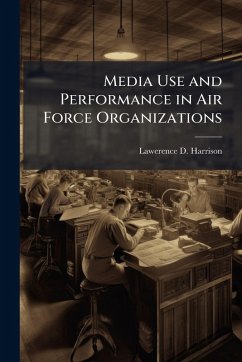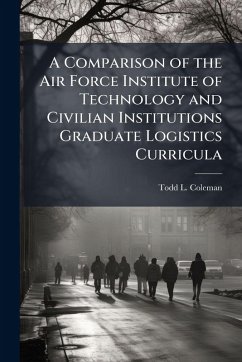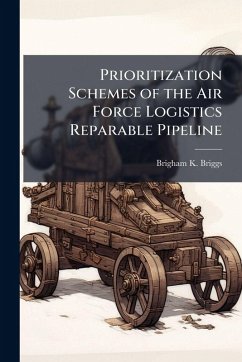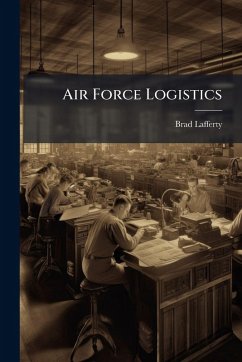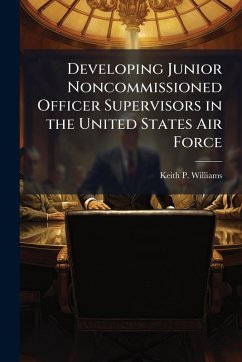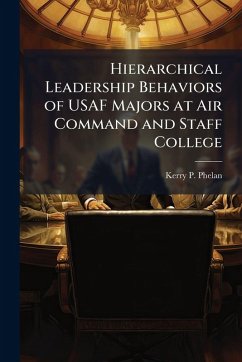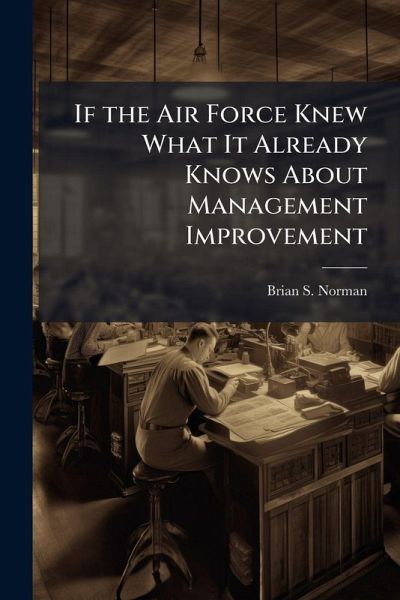
If the Air Force Knew What It Already Knows About Management Improvement

PAYBACK Punkte
8 °P sammeln!
The project, ï"If the Air Force Knew What it Already Knows About Management Improvement: Implications for Manpower and Quality Management, ï" takes the reader on a decade-by-decade discovery of the serviceï's management improvement (MI) quest. The thesis asserts that if the Air Force knew what it already knows about management improvement (MI), then perhaps insights could be gleaned to tackle todayï's challenges. Research methodology primarily consisted of reviewing the decades of service MI from 1947 until the present. The project focused on history relating to the manpower and quality (M...
The project, ï"If the Air Force Knew What it Already Knows About Management Improvement: Implications for Manpower and Quality Management, ï" takes the reader on a decade-by-decade discovery of the serviceï's management improvement (MI) quest. The thesis asserts that if the Air Force knew what it already knows about management improvement (MI), then perhaps insights could be gleaned to tackle todayï's challenges. Research methodology primarily consisted of reviewing the decades of service MI from 1947 until the present. The project focused on history relating to the manpower and quality (MQ) management career field, created in 1996 by the US Air Force chief of staff. Historical memoranda, letters, Air Force and defense publications, directives, guidance, reports, data, and other literature provided the building blocks of the project. The author set out to develop a sketch of the decades of manpower management, and then to analyze examples of what can be learned from the decades of experience. Finding and conclusions reveal historic MI intents, with leaders creating various inservice means to support their ideas. The history describes the budget climate and related factors, the key players, and an overview of MI tools and programs. The analysis reveals examples of what can be learned. First, it explores patterns in history. Next, we see the dilemma of making existing knowledge more corporate (accessible). Then, we find chronic MQ manning and training shortfalls. The author recommends the project be used by the MQ community as a springboard for further application and study. This work has been selected by scholars as being culturally important, and is part of the knowledge base of civilization as we know it. This work was reproduced from the original artifact, and remains as true to the original work as possible. Therefore, you will see the original copyright references, library stamps (as most of these works have been housed in our most important libraries around the world), and other notations in the work. This work is in the public domain in the United States of America, and possibly other nations. Within the United States, you may freely copy and distribute this work, as no entity (individual or corporate) has a copyright on the body of the work. As a reproduction of a historical artifact, this work may contain missing or blurred pages, poor pictures, errant marks, etc. Scholars believe, and we concur, that this work is important enough to be preserved, reproduced, and made generally available to the public. We appreciate your support of the preservation process, and thank you for being an important part of keeping this knowledge alive and relevant.



